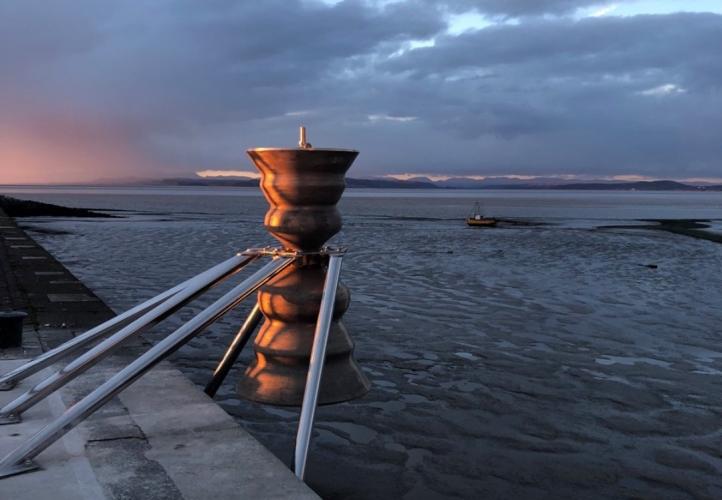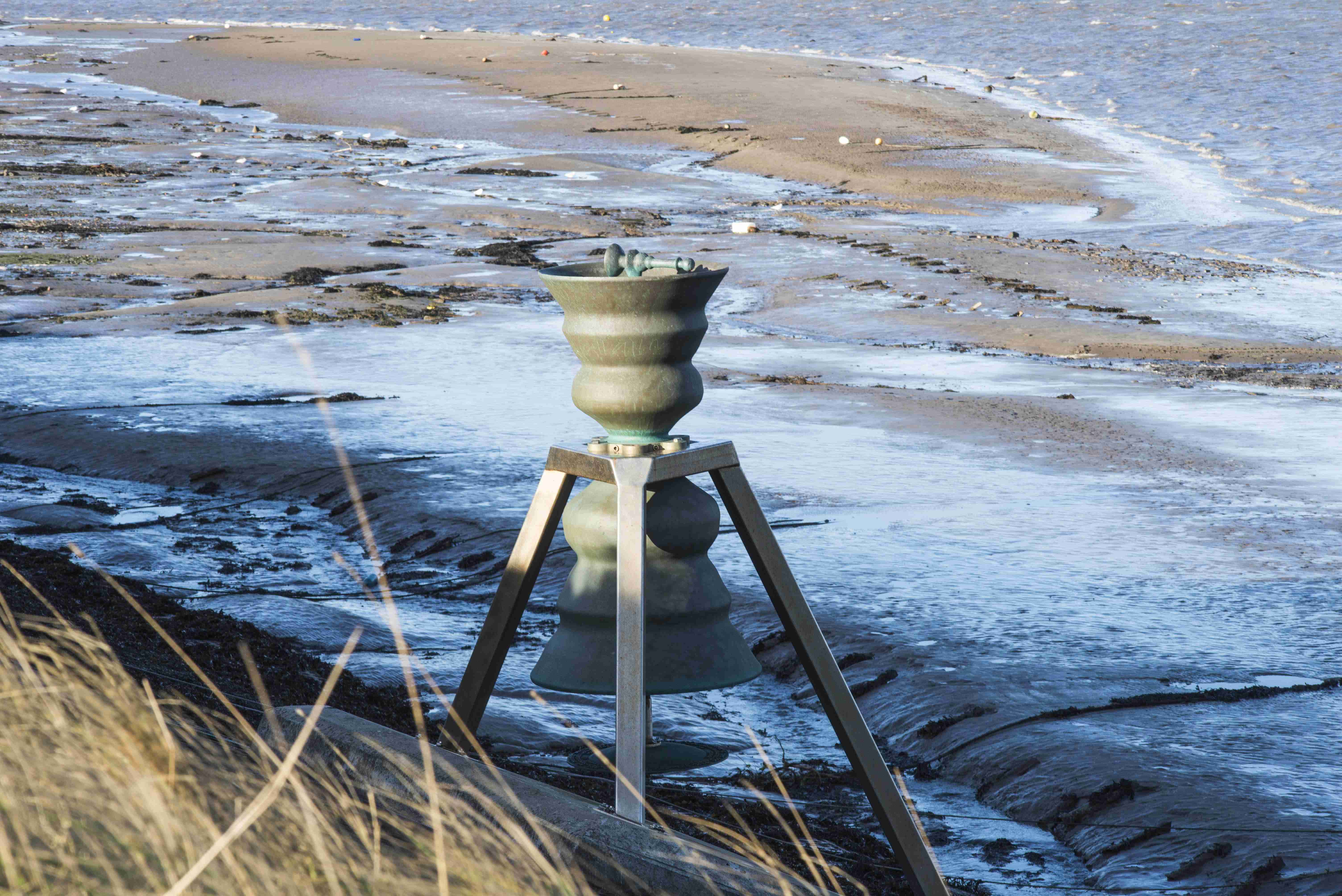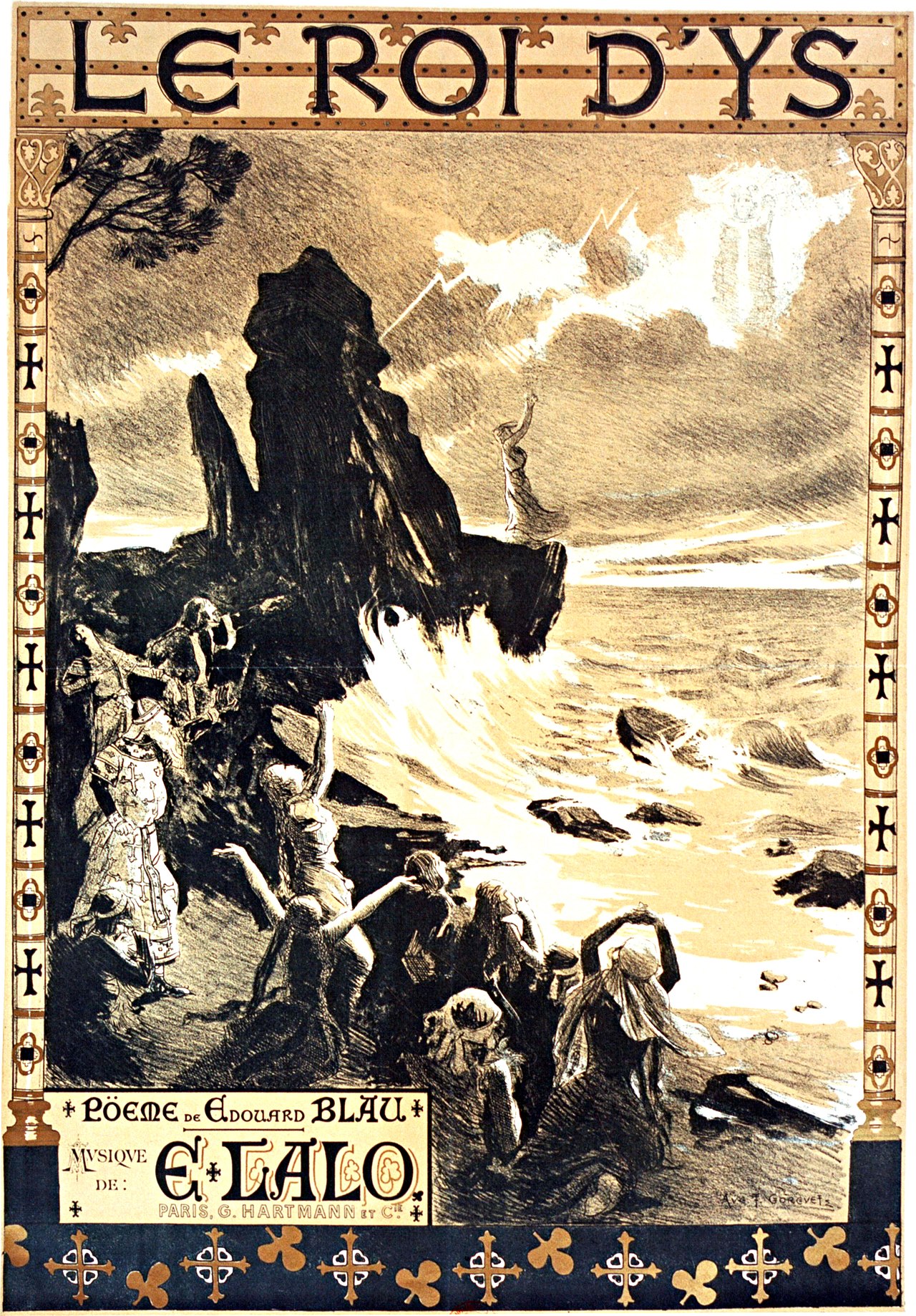Since 2008 artist and bell-maker Marcus Vergette has been developing the multi-site installation series Time and Tide Bells in various coastal spots across the UK. The installations consist of two bells, one upside down on top of the other, set up in tidal zones so that the waves ring the lower bell during high tide. The work references the many legends of sunken cities of which the church bells can allegedly be heard ringing on the coast on certain sundays. (see also the post here)

In 2010 the project installed also a bell in London. Meanwhile there are seven other “Time and Tide Bells”installed across the island. You can check for the locations here.

